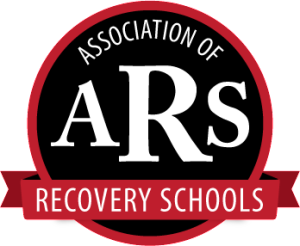This analysis is intended to assist families, professionals, researchers and policymakers with understanding the differences between school choices for students in recovery from substance use or co-occurring disorders. The framework is organized with the schools closest in type to recovery high schools through those having the least in common with a recovery high school.
|
|
|
Comparative Operating Characteristics
|
|
|
Secondary schools designed specifically for students recovering from substance abuse or dependency. Also known as “sober schools.”
|
- Primary purpose is to educate students in recovery from substance use or co-occurring disorders.
- Meet state requirements for awarding a secondary school diploma, i.e. school offers credits leading to a state- recognized high school diploma, and student is not just getting tutored or completing work from another school while there.
- Intend that all students enrolled be in recovery and working a program of recovery for substance use or co-occurring disorders, as determined by the student and the school.
- Available to any student in recovery from substance use or co-occurring disorders who meets state or district eligibility requirements for attendance, i.e., students do not have to go through a particular treatment program to enroll and the school is not simply the academic component of a primary or extended-care treatment facility or therapeutic boarding school.
|
Therapeutic Boarding Schools
|
Schools and programs offering a curriculum integrating physical, emotional, behavioral, familial, social, intellectual and academic development. Includes outdoor behavioral health and wilderness programs with enrollment that typically ranges from 1 to 2 years.
|
- Primary purpose is to provide emotional growth through designated therapeutic programs.
- Grant high school diplomas or award credits that lead to a secondary school diploma.
- Therapeutic boarding schools with a substance abuse recovery emphasis typically provide primary or extended care treatment and have specific services available for substance use and co-occurring disorders. The school likely will not intend that all students enrolled be in recovery
and working a program of recovery for substance use or co-occurring disorders. Students will usually be co-mingled with many students not in active recovery from a substance use disorder.
- The school is usually only available to students who have participated in a particular treatment program, and the school is essentially the academic component of a primary or extended-care treatment/therapeutic program.
|

